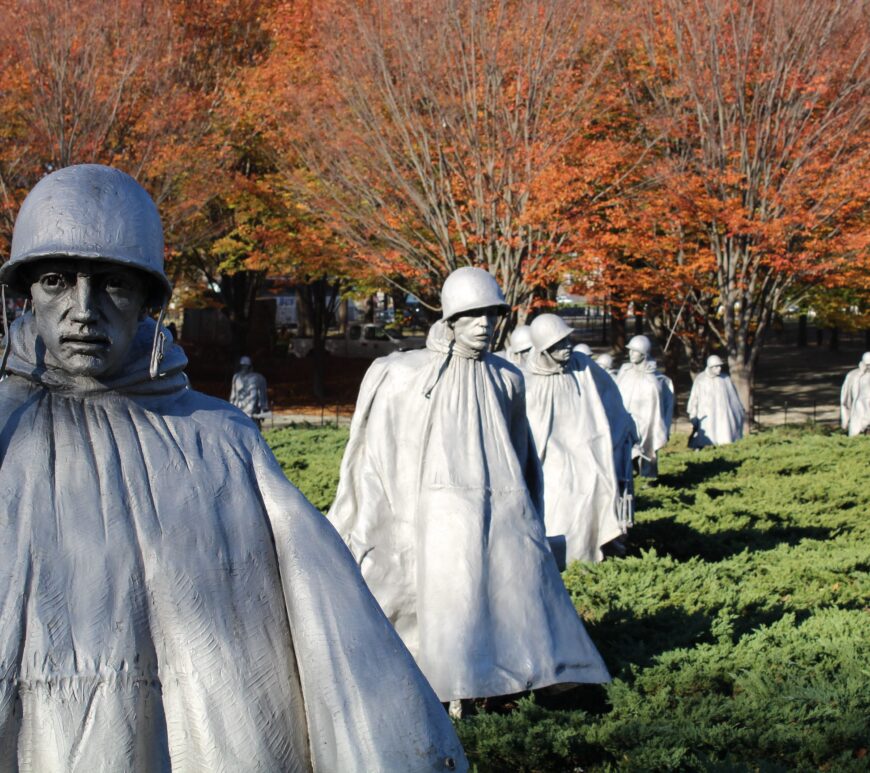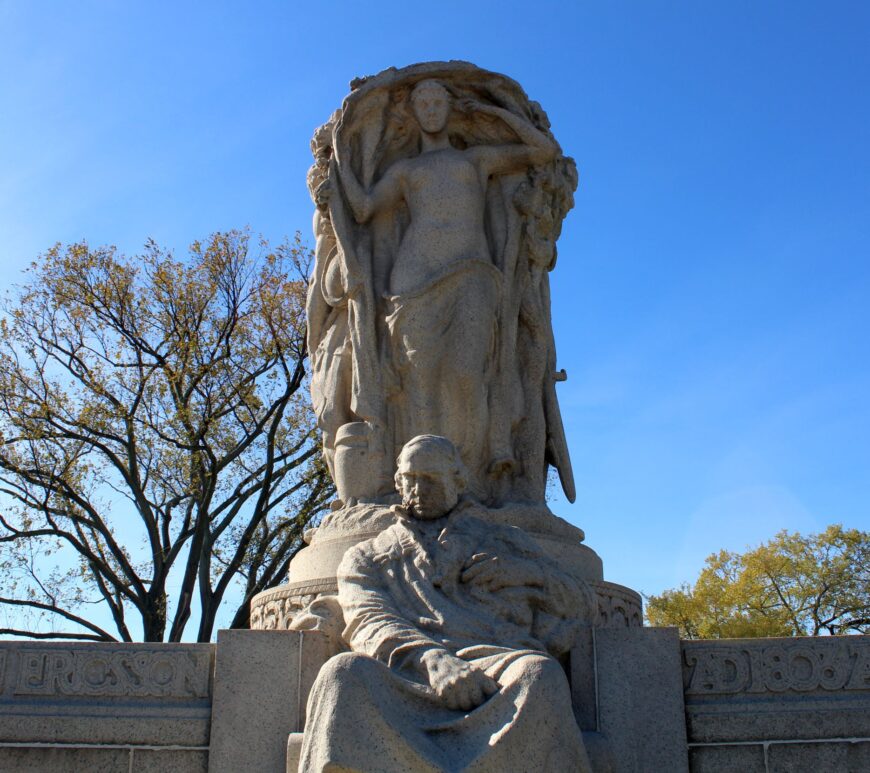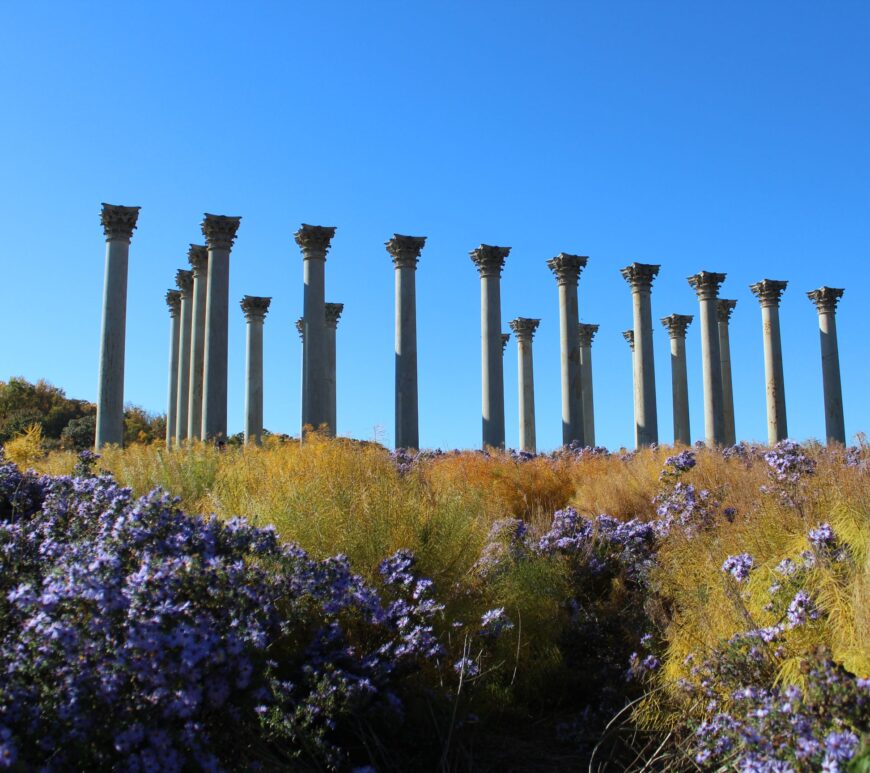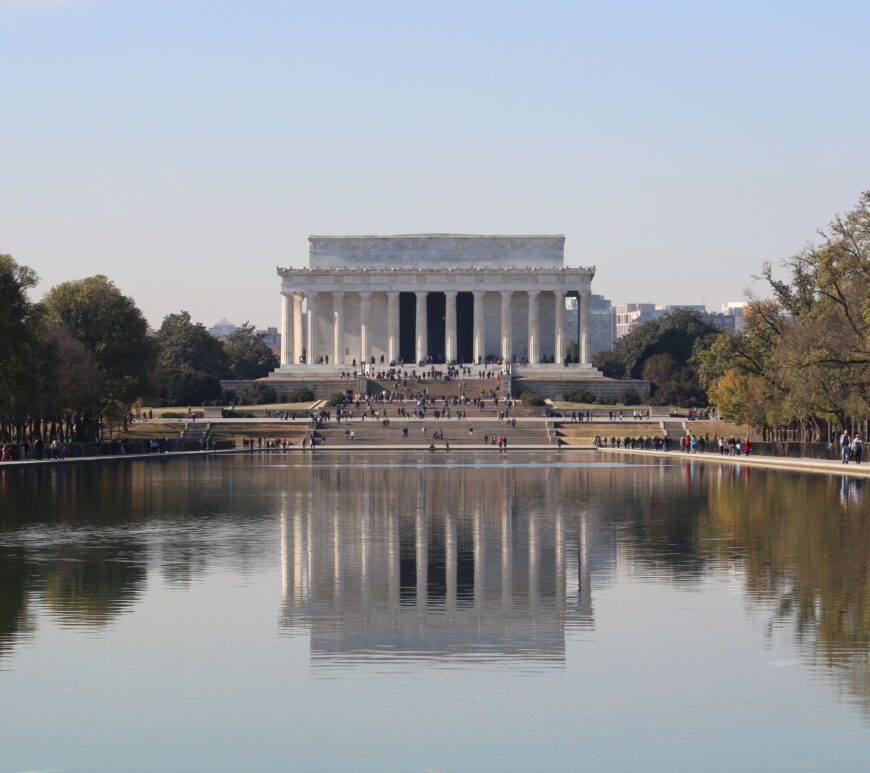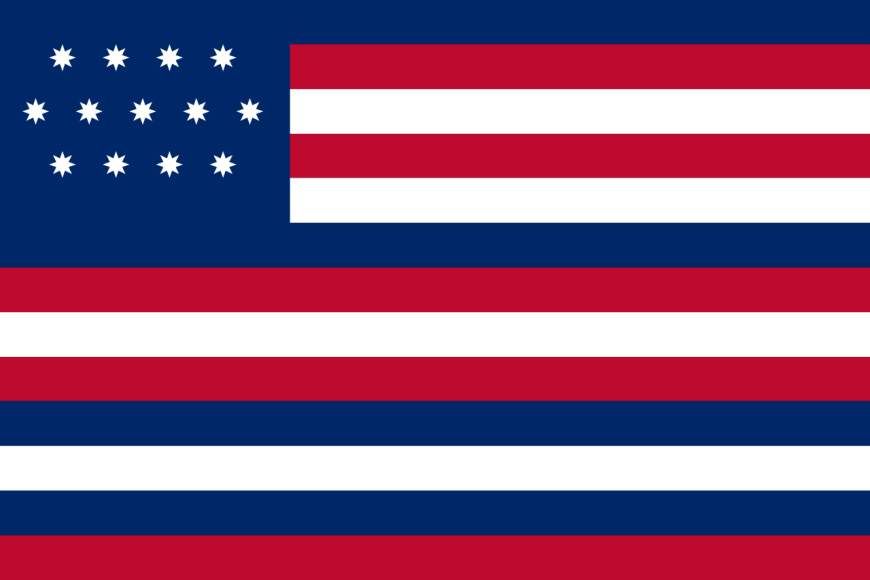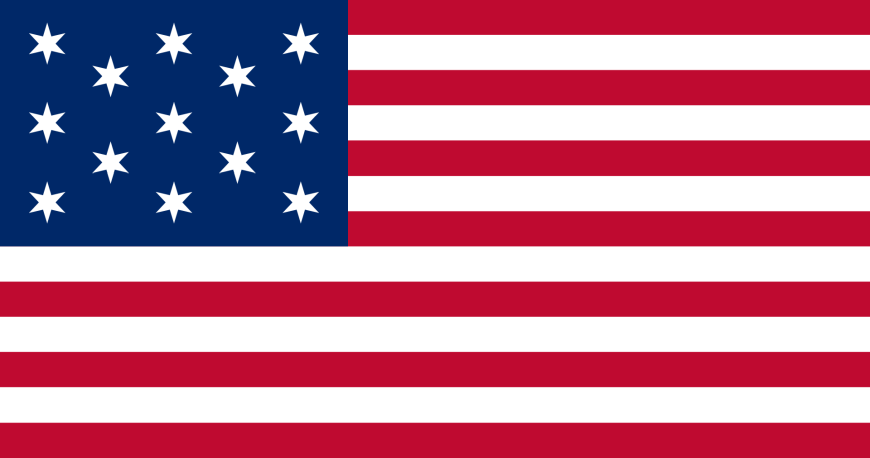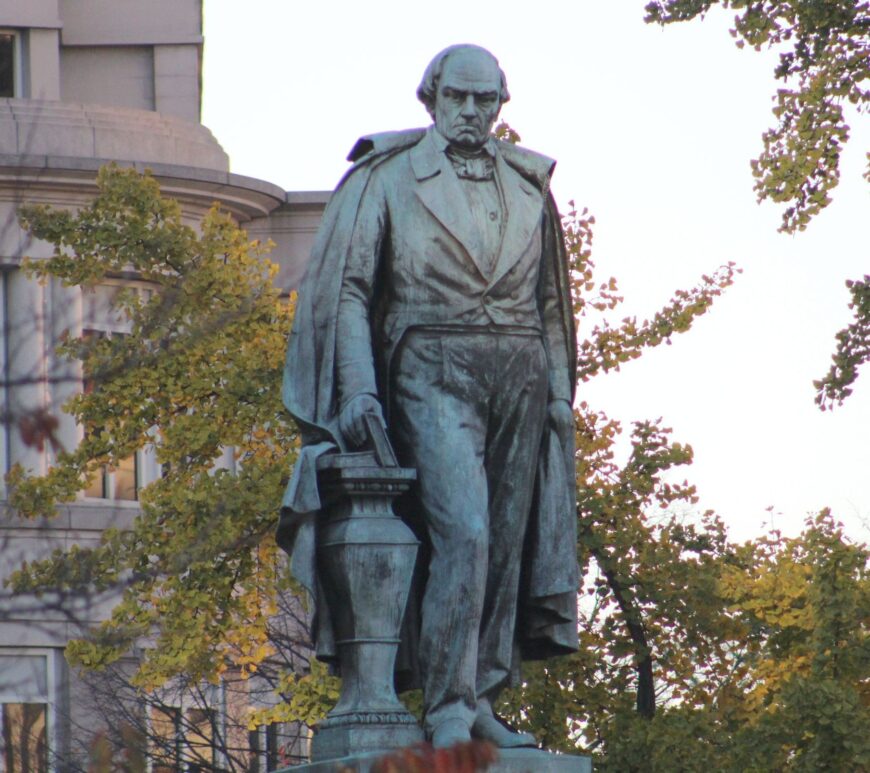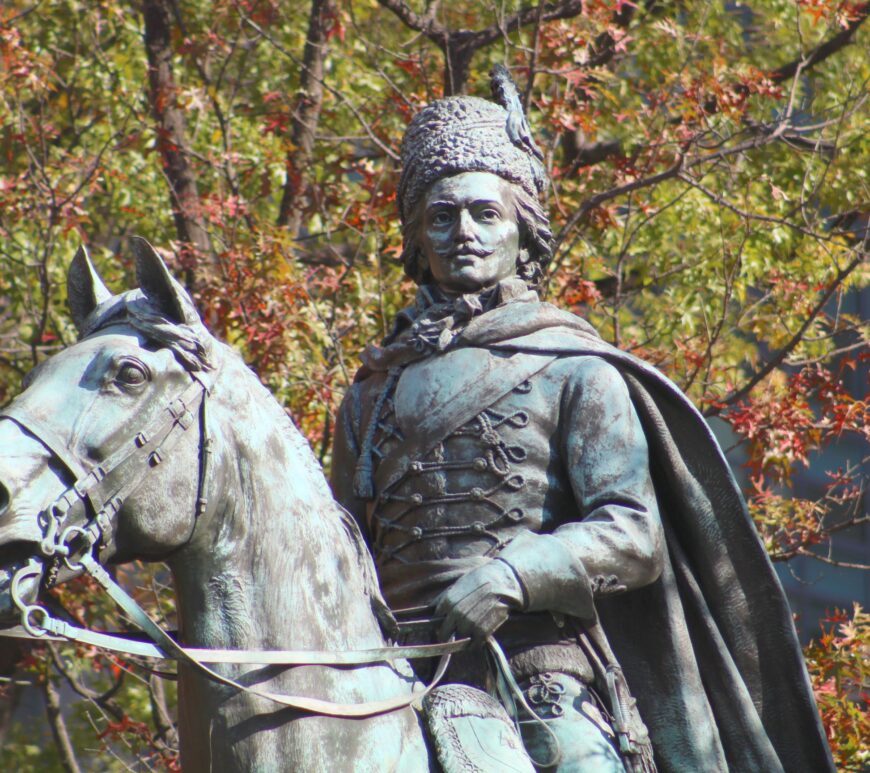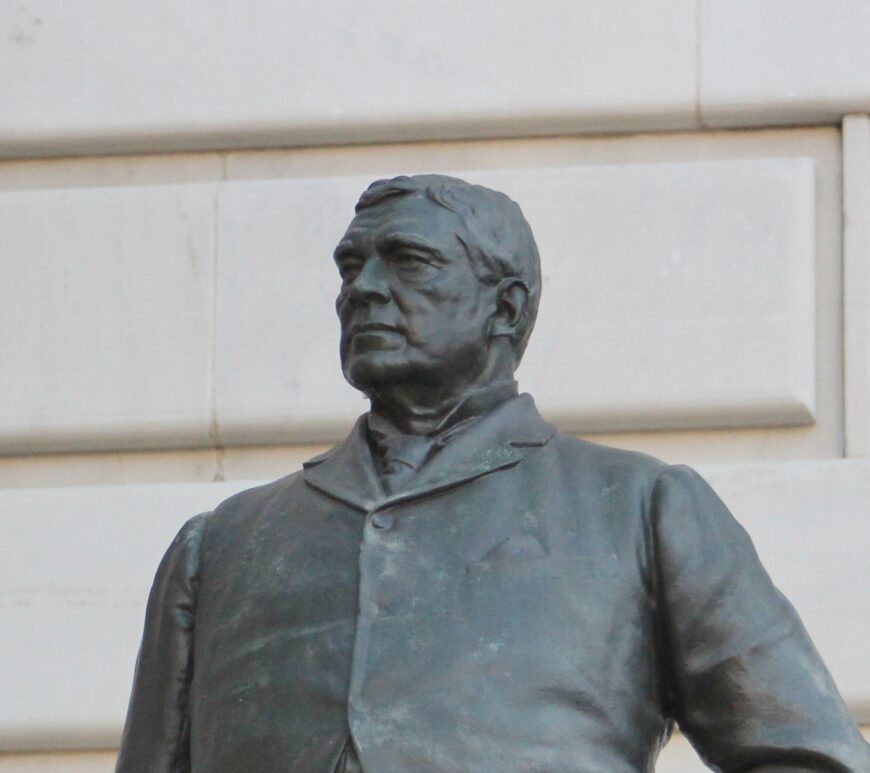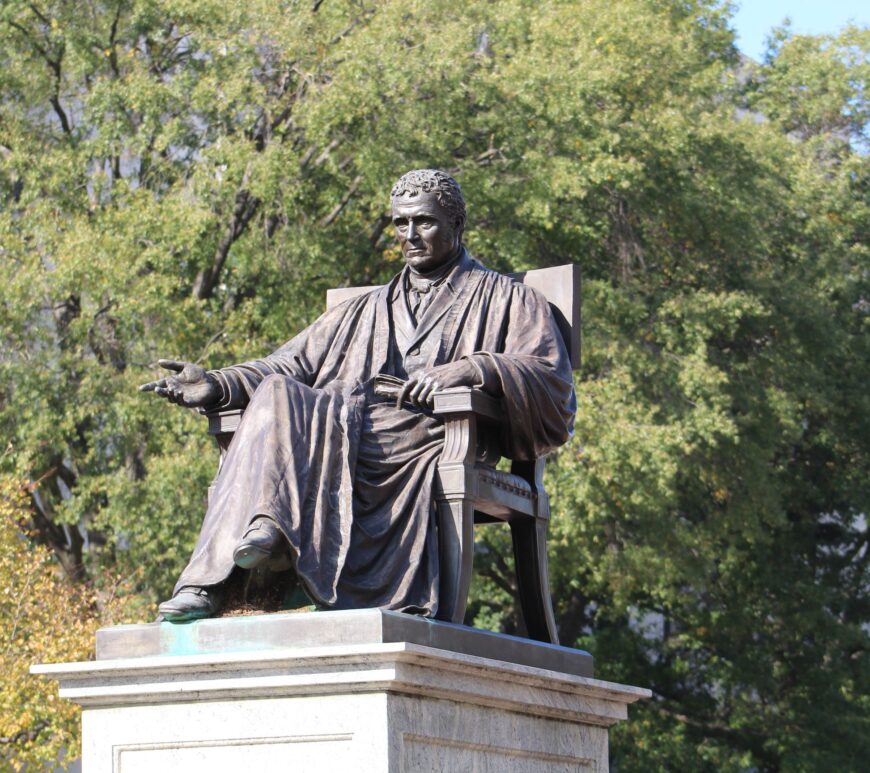
Chief Justice John Marshall
“The people made the Constitution, and the people can unmake it. It is the creature of their own will, and lives only by their will.”
In between the Canadian Embassy and the U.S. Bankruptcy Court, just south of C St. NW, is John Marshall Park. At the northern edge of the tree-lined park, framed by the District of Columbia Court of Appeals, sits the statue of the man who defined the powers of the Constitution, the judiciary, and the relationship between the federal government and the states: John Marshall.



